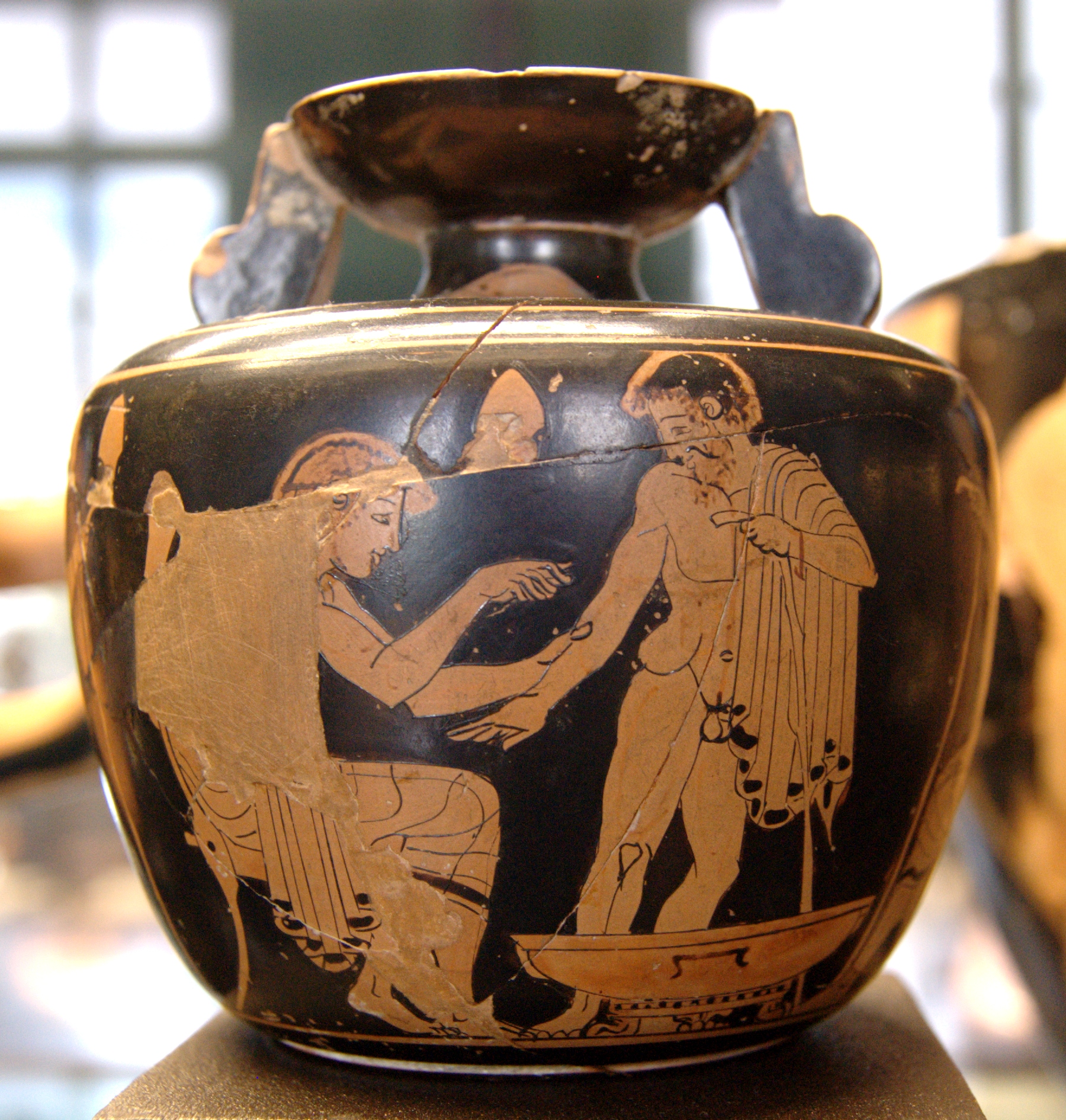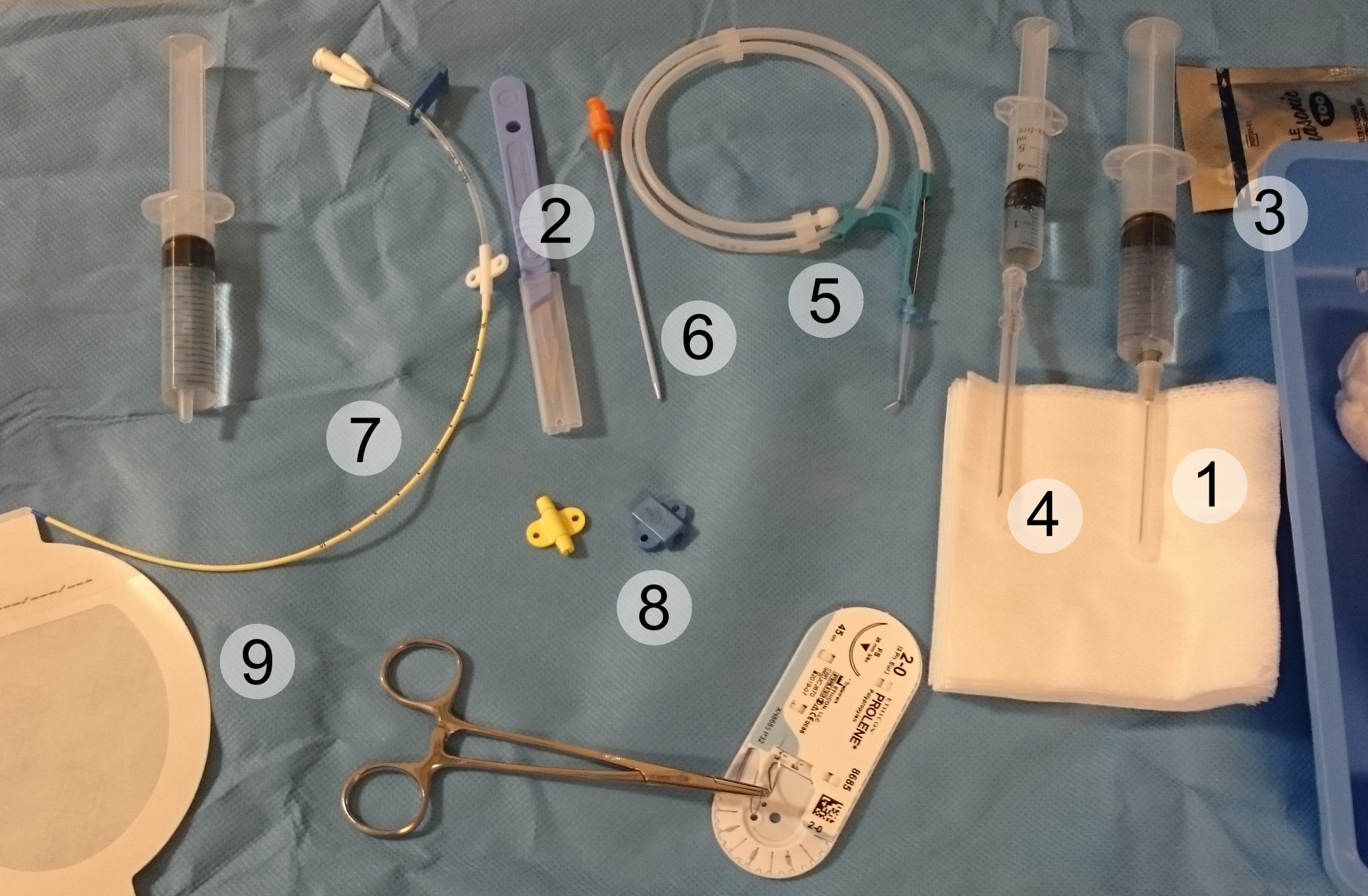|
Proceduralist
Proceduralist is the broad term for a physician, usually a specialist or subspecialist who performs different diagnostic or therapeutic procedures. Depending on the type of procedure, this is commonly referring to a: * Surgeon (for surgical procedures) * Interventional radiologist (for radiologically guided procedures) * Gastroenterologist (for endoscopic investigations / therapies) * Respiratory physician (for bronchoscopy) * Cardiologist (for coronary angiography) It may also be used to refer to any other provider of a procedure, even when it may not be their primary role (e.g. an intensivist inserting a central venous line, or a psychiatrist performing electroconvulsive therapy. Proceduralists, regardless of their specific specialty, are commonly responsible for obtaining informed consent from the patient for the intervention they will receive, performing the procedure, and often care following completion of the intervention. Most procedures are facilitated by sedation or ... [...More Info...] [...Related Items...] OR: [Wikipedia] [Google] [Baidu] |
Hospital Medicine
Hospital medicine is a medical specialty that exists in some countries as a branch of family medicine or internal medicine, dealing with the care of acutely ill hospitalized patients. Physicians whose primary professional focus is caring for hospitalized patients only while they are in the hospital are called hospitalists. Originating in the United States, this type of medical practice has extended into Australia and Canada. The vast majority of physicians who refer to themselves as hospitalists focus their practice upon hospitalized patients. Hospitalists are not necessarily required to have separate board certification in hospital medicine. The term ''hospitalist'' was first coined by Robert Wachter and Lee Goldman in a 1996 ''New England Journal of Medicine'' article. The scope of hospital medicine includes acute patient care, teaching, research, and executive leadership related to the delivery of hospital-based care. Hospital medicine, like emergency medicine, is a special ... [...More Info...] [...Related Items...] OR: [Wikipedia] [Google] [Baidu] |
Physician
A physician (American English), medical practitioner (Commonwealth English), medical doctor, or simply doctor, is a health professional who practices medicine, which is concerned with promoting, maintaining or restoring health through the study, diagnosis, prognosis and treatment of disease, injury, and other physical and mental impairments. Physicians may focus their practice on certain disease categories, types of patients, and methods of treatment—known as specialities—or they may assume responsibility for the provision of continuing and comprehensive medical care to individuals, families, and communities—known as general practice. Medical practice properly requires both a detailed knowledge of the academic disciplines, such as anatomy and physiology, underlying diseases and their treatment—the ''science'' of medicine—and also a decent competence in its applied practice—the art or ''craft'' of medicine. Both the role of the physician and the meaning ... [...More Info...] [...Related Items...] OR: [Wikipedia] [Google] [Baidu] |
Electroconvulsive Therapy
Electroconvulsive therapy (ECT) is a psychiatry, psychiatric treatment where a generalized seizure (without muscular convulsions) is electrically induced to manage refractory mental disorders.Rudorfer, MV, Henry, ME, Sackeim, HA (2003)"Electroconvulsive therapy". In A Tasman, J Kay, JA Lieberman (eds) ''Psychiatry, Second Edition''. Chichester: John Wiley & Sons Ltd, 1865–1901. Typically, 70 to 120 volts are applied externally to the patient's head, resulting in approximately 800 amperes, milliamperes of direct current passing between the electrodes, for a duration of 100 milliseconds to 6 seconds, either from temple to temple (bilateral ECT) or from front to back of one side of the head (unilateral ECT). However, only about 1% of the electrical current crosses the bony skull into the brain because skull Electrical impedance, impedance is about 100 times higher than skin Electrical impedance, impedance. The ECT procedure was first conducted in 1938 by Italian psychiatrist Ugo C ... [...More Info...] [...Related Items...] OR: [Wikipedia] [Google] [Baidu] |
WHO Surgical Safety Checklist
The World Health Organization (WHO) published the WHO Surgical Safety Checklist in 2008 in order to increase the safety of patients undergoing surgery. The checklist serves to remind the surgical team of important items to be performed before and after the surgical procedure in order to reduce adverse events such as surgical site infections or retained instruments. It is one affordable and sustainable tool for reducing deaths from surgery in low and middle income countries. Several studies have shown the checklist to reduce the rate of deaths and surgical complications by as much as one-third in centres where it is used. While the checklist has been widely adopted due to its efficacy in many studies as well as for its simplicity, some hospitals still struggle with implementation due to local customs and to a lack of "buy-in" from surgical staff. Background In 2004, the World Health Assembly (WHA) founded the WHO Patient Safety international alliance in order to tackle issues of ... [...More Info...] [...Related Items...] OR: [Wikipedia] [Google] [Baidu] |
Patient Safety
Patient safety is a discipline that emphasizes safety in health care through the prevention, reduction, reporting and analysis of error and other types of unnecessary harm that often lead to adverse patient events. The frequency and magnitude of avoidable adverse events, often known as patient safety incidents, experienced by patients was not well known until the 1990s, when multiple countries reported significant numbers of patients harmed and killed by medical errors. Recognizing that healthcare errors impact 1 in every 10 patients around the world, the World Health Organization (WHO) calls patient safety an endemic concern. Indeed, patient safety has emerged as a distinct healthcare discipline supported by an immature yet developing scientific framework. There is a significant transdisciplinary body of theoretical and research literature that informs the science of patient safety with mobile health apps being a growing area of research. Prevalence of adverse events Millenn ... [...More Info...] [...Related Items...] OR: [Wikipedia] [Google] [Baidu] |
Anaesthesiologist
Anesthesiology, anaesthesiology, or anaesthesia is the medical specialty concerned with the total perioperative care of patients before, during and after surgery. It encompasses anesthesia, intensive care medicine, critical emergency medicine, and pain medicine. A physician specialized in anesthesiology is called an anesthesiologist, anaesthesiologist, or anaesthetist, depending on the country. In some countries, the terms are synonymous, while in other countries they refer to different positions, and ''anesthetist'' is only used for non-physicians, such as nurse anesthetists. The core element of the specialty is the study and use of anesthesia to safely support a patient's vital functions through the perioperative period. Since the 19th century, anesthesiology has developed from an experimental area with non-specialist practitioners using novel, untested drugs and techniques into what is now a highly refined, safe and effective field of medicine. In some countries anesthesiol ... [...More Info...] [...Related Items...] OR: [Wikipedia] [Google] [Baidu] |
Anesthesia
Anesthesia is a state of controlled, temporary loss of sensation or awareness that is induced for medical or veterinary purposes. It may include some or all of analgesia (relief from or prevention of pain), paralysis (muscle relaxation), amnesia (loss of memory), and unconsciousness. An individual under the effects of anesthetic drugs is referred to as being anesthetized. Anesthesia enables the painless performance of procedures that would otherwise cause severe or intolerable pain in a non-anesthetized individual, or would otherwise be technically unfeasible. Three broad categories of anesthesia exist: * General anesthesia suppresses central nervous system activity and results in unconsciousness and total lack of sensation, using either injected or inhaled drugs. * Sedation suppresses the central nervous system to a lesser degree, inhibiting both anxiety and creation of long-term memories without resulting in unconsciousness. * Regional and local anesthesia, which blo ... [...More Info...] [...Related Items...] OR: [Wikipedia] [Google] [Baidu] |
Sedation
Sedation is the reduction of irritability or agitation by administration of sedative drugs, generally to facilitate a medical procedure or diagnostic procedure. Examples of drugs which can be used for sedation include isoflurane, diethyl ether, propofol, etomidate, ketamine, pentobarbital, lorazepam and midazolam. Medical uses Sedation is typically used in minor surgical procedures such as endoscopy, vasectomy, or dentistry and for reconstructive surgery, some cosmetic surgeries, removal of wisdom teeth, or for high-anxiety patients. Sedation methods in dentistry include inhalation sedation (using nitrous oxide), oral sedation, and intravenous (IV) sedation. Inhalation sedation is also sometimes referred to as ''relative analgesia''. Sedation is also used extensively in the intensive care unit so that patients who are being ventilated tolerate having an endotracheal tube in their trachea. It can also be used during a long term brain EEG to help patient relax. Risks There are ... [...More Info...] [...Related Items...] OR: [Wikipedia] [Google] [Baidu] |
Psychiatrist
A psychiatrist is a physician who specializes in psychiatry, the branch of medicine devoted to the diagnosis, prevention, study, and treatment of mental disorders. Psychiatrists are physicians and evaluate patients to determine whether their symptoms are the result of a physical illness, a combination of physical and mental ailments or strictly mental issues. Sometimes a psychiatrist works within a multi-disciplinary team, which may comprise Clinical psychology, clinical psychologists, Social work, social workers, Occupational therapist, occupational therapists, and Nursing, nursing staff. Psychiatrists have broad training in a Biopsychosocial model, biopsychosocial approach to the assessment and management of mental illness. As part of the clinical assessment process, psychiatrists may employ a mental status examination; a physical examination; brain imaging such as a computerized tomography, magnetic resonance imaging, or positron emission tomography scan; and blood testing. P ... [...More Info...] [...Related Items...] OR: [Wikipedia] [Google] [Baidu] |
Subspecialist
A subspecialty (US English) or subspeciality (international English) is a narrow field of professional knowledge/skills within a specialty of trade, and is most commonly used to describe the increasingly more diverse medical specialties. A subspecialist is a specialist of a subspecialty. In medicine, subspecialization is particularly common in internal medicine, cardiology, neurology and pathology, and has grown as medical practice has: # become more complex, and # it has become clear that a physician A physician (American English), medical practitioner (Commonwealth English), medical doctor, or simply doctor, is a health professional who practices medicine, which is concerned with promoting, maintaining or restoring health through th ...'s case volume is negatively associated with their complication rate; that is, complications tend to decrease as the volume of cases per physician goes up. See also * Notes and references Medical specialties {{med-stu ... [...More Info...] [...Related Items...] OR: [Wikipedia] [Google] [Baidu] |
Central Venous Catheter
A central venous catheter (CVC), also known as a central line(c-line), central venous line, or central venous access catheter, is a catheter placed into a large vein. It is a form of venous access. Placement of larger catheters in more centrally located veins is often needed in critically ill patients, or in those requiring prolonged intravenous therapies, for more reliable vascular access. These catheters are commonly placed in veins in the neck (internal jugular vein), chest (subclavian vein or axillary vein), groin (femoral vein), or through veins in the arms (also known as a Peripherally inserted central catheter, PICC line, or peripherally inserted central catheters). Central lines are used to administer medication or fluids that are unable to be taken by mouth or would harm a smaller Peripheral vascular system, peripheral vein, obtain blood tests (specifically the "central venous oxygen saturation"), administer fluid or blood products for large volume resuscitation, and m ... [...More Info...] [...Related Items...] OR: [Wikipedia] [Google] [Baidu] |
Intensivist
An intensivist is a medical practitioner who specializes in the care of critically ill patients, most often in the intensive care unit 220px, Intensive care unit An intensive care unit (ICU), also known as an intensive therapy unit or intensive treatment unit (ITU) or critical care unit (CCU), is a special department of a hospital or health care facility that provides intensi ... (ICU). Intensivists can be internists or internal medicine sub-specialists (most often pulmonologists), anesthesiologists, emergency medicine physicians, pediatricians (including neonatologists), or surgeons who have completed a fellowship in critical care medicine. The intensivist must be competent not only in a broad spectrum of conditions among critically ill patients but also with the technical procedures and equipment (i.e. mechanical ventilators) used in the intensive care setting. References Intensivists {{job-stub ... [...More Info...] [...Related Items...] OR: [Wikipedia] [Google] [Baidu] |





